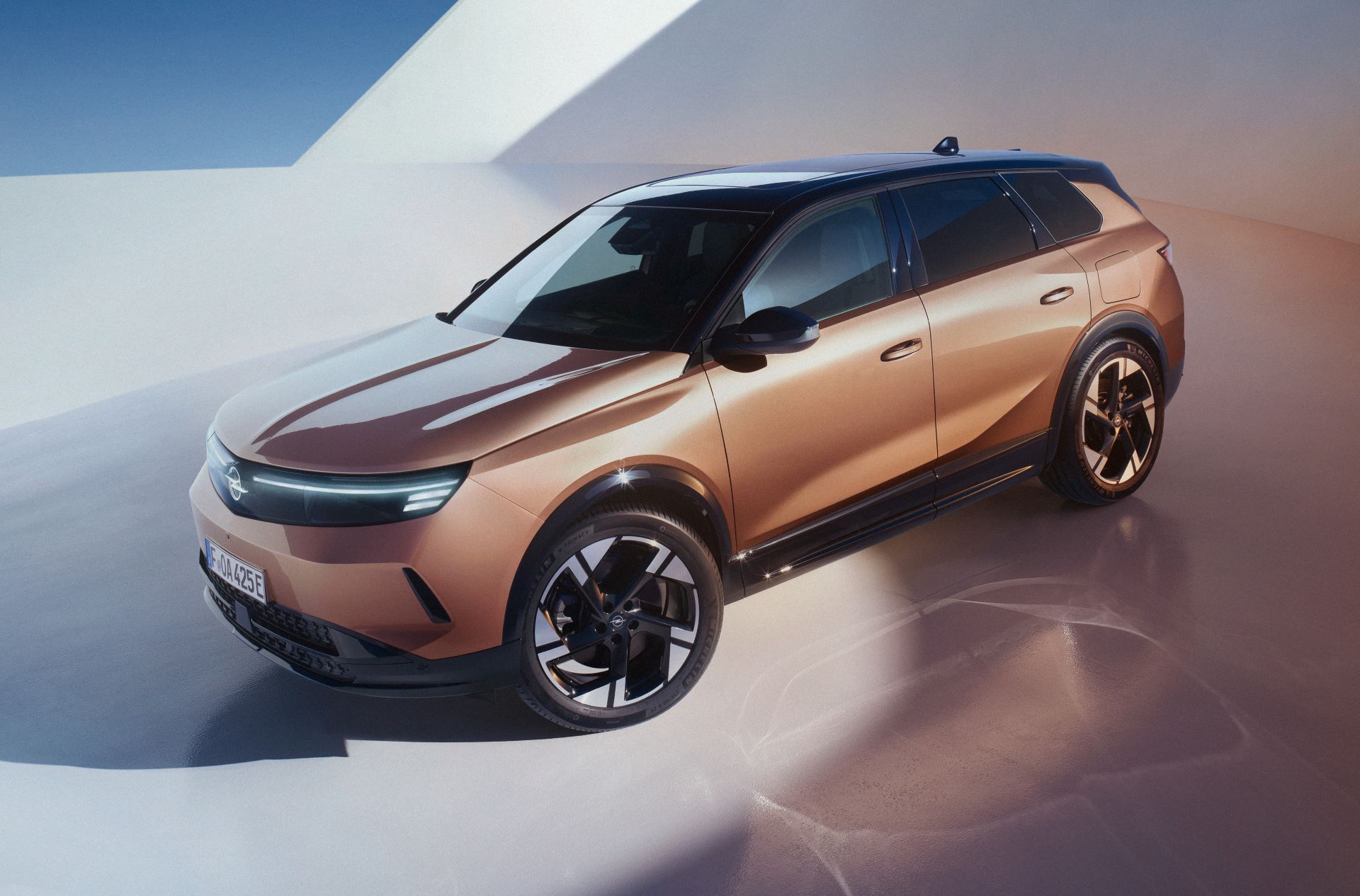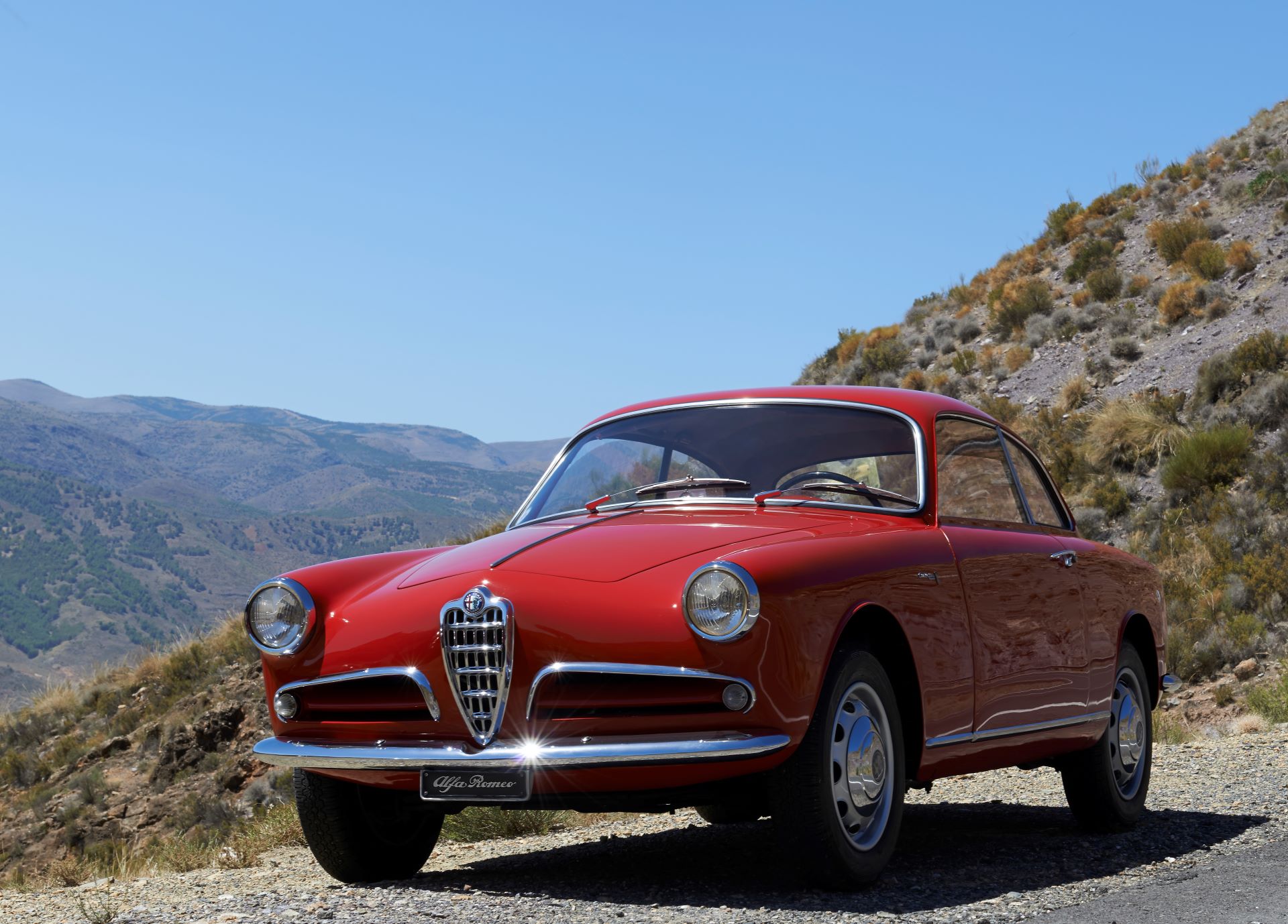With high-performance engines, superior suspension technology and an extremely torsion-resistant body, the new BMW 3 Series is building on its position as the sportiest sedan in its segment.

It is also advancing even further on the comfort front. Agility and dynamism continue to be the sports sedan’s stand-out features, and are key to its high standards of driving enjoyment.
State-of-the art petrol engines in the BMW 3 Series: BMW TwinPower Turbo technology for more dynamic performance and reduced fuel consumption. The petrol engines available at launch deliver best possible power, fast-revving performance and refinement, combined with unsurpassed efficiency.
Both the new four-cylinder unit in the agile BMW 328i and the large-displacement six-cylinder unit in the new BMW 335i feature a perfect package of innovative technologies. The common feature of all these engines is BMW TwinPower Turbo technology, with twin-scroll turbocharging, High Precision Direct Petrol Injection, Double-Vanos variable camshaft timing and VALVETRONIC variable valve timing. The reduced-friction core engines also feature a lightweight all-aluminium crankcase, with benefits for both the efficiency and the agility of the new BMW 3 Series.
State-of-the-art diesel engines: high-torque, smooth-running and efficient. The sports sedan’s BMW TwinPower Turbo diesel engines likewise incorporate the very latest in BMW engine technology. Latest-generation common rail direct injection, turbocharging and all-aluminium design provide these cutting-edge diesel engines with high torque, high levels of refinement and unsurpassed efficiency.
A centrifugal pendulum absorber integrated in the dual-mass flywheel reduces irregular running for greater refinement at low engine speeds. In the sixth model generation, too, the BMW 320d EfficientDynamics Edition is the uncontested CO2 “champion” and again sets the benchmark in its segment, with average EU fuel consumption of 4.1 litres per 100 kilometres (68.9 mpg imp) and CO2 emissions of just 109 grams per kilometre.
Also, from mid-2012, advanced BMW BluePerformance technology will be available for the new
BMW EfficientDynamics: More power, less fuel consumption.
BMW 320d and BMW 320d EfficientDynamics Edition. This system, which combines a diesel particulate filter and oxidation catalyst with a NOX adsorber catalyst, efficiently reduces nitrogen oxide emissions and achieves compliance with the EU6 standards.
Choice of optimised transmissions: six-speed manual or eight-speed automatic unit. All engine versions of the new sports sedan are specified as standard with a state-of-the-art six-speed manual transmission.
Alternatively, an eight-speed automatic transmission is optionally available. Both transmissions boast optimised efficiency, compact design and reduced weight. In the BMW 335i and the two diesel versions, the six-speed manual transmission features dry sump lubrication and a modified gear train design.
This new design reduces drag losses in the gear train, while oil supply management largely eliminates churning. All versions with manual transmission are also equipped with an Optimum Shift Indicator which shows the driver the ideal moment to change gear, taking into account the current driving situation.
When the new ECO PRO mode is activated, the recommendations in this display are always geared to maximised fuel efficiency.
The eight-speed automatic transmission likewise features innovative gearing design. Although this new unit is neither larger nor heavier than the previous six-speed automatic, it offers two additional ratios and a larger overall ratio spread.
Together with the minimised torque converter slip, high internal efficiency, low friction losses and intelligent transmission control, this creates substantial potential for fuel savings.
The BMW 335i, BMW 328i and BMW 320d actually achieve better standard EU fuel consumption with this transmission than with the manual version, while compared with the previous six-speed automatic transmission, fuel consumption has been improved by between 9 and 13 per cent. Even the low-CO2 BMW 320d EfficientDynamics Edition achieves just as good fuel consumption and emissions with this transmission as with a manual unit. The new ECO PRO mode programmes the transmission to bring forward upshifts and to delay downshifts.
Auto Start-Stop, Brake Energy Regeneration, ECO PRO mode. The new BMW 3 Series Sedan is equipped as standard with an Auto Start-Stop function, which automatically switches off the engine during short stops at traffic lights or in stationary traffic, so as not to waste fuel.
For the first time, and uniquely in this class, this system can be combined with the new eight-speed automatic transmission. The new BMW 3 Series also comes with standard-fitted Brake Energy Regeneration.
As far as possible, therefore, power for the vehicle electrical system is generated only during braking and overrun. When the engine is under load, the alternator can often be disengaged. This not only means that electricity can be generated with little or no effect on fuel consumption, it also grants the sports sedan livelier acceleration.
Finally, the new Driving Experience Control switch gives drivers the option of selecting ECO PRO mode which, by modifying the powertrain management and programming the heating and air conditioning, the heated seats and the exterior mirrors to operate at optimum efficiency, reduces fuel consumption by as much as 20 per cent.
On-demand control of ancillary units saves energy. Intelligent energy management in the new BMW 3 Series is further enhanced by the ancillary units, which consume significantly less energy compared with conventional systems.
Examples include the on-demand coolant pump, the electronically controlled oil pump and the electromechanical steering system, which only consumes electric power when steering assistance is actually required. The special air conditioning compressor featured on many of the sports sedan models works on the same principle. As soon as the driver switches the air conditioning off, the belt drive to the compressor is disconnected by a magnetic clutch, to minimise power drain.
Intelligent lightweight design brings further reduction in fuel consumption and CO2 emissions. Use of lightweight materials has played a significant role in reducing vehicle weight and in delivering high passenger cell safety standards, combined with a significant increase in strength.
At the same time, these measures also help to ensure superior driving dynamics. Intelligent lightweight design is integrated into all areas of BMW vehicle development work and into all components, from the body and engine to the suspension. Materials used include high and ultra-high tensile steels, a hot-stamped B-pillar, plastics and state-of the-art composites. Increased use of aluminium components in the engine and suspension systems has also further reduced the weight of the relevant assemblies.
Aerodynamic optimisation of underside panelling. As the excellent drag coefficient (cd = 0.26) would suggest, the aerodynamics of the new BMW 3 Series have been intensively honed in a state-of-the-art wind tunnel.
The optimised aerodynamics also have benefits for noise reduction and roadholding. In particular, streamlined design of the underside plays a big part in minimising lift forces. The BMW 3 Series’ aerodynamically optimised underside – with extended streamlined panels at the sides, under the engine compartment shield and at the front part of the exhaust tunnel – provides unprecedented standards of sealing.
Additional aerodynamic covers, which create a diffusor effect at the rear axle, further reduce drag and lift forces, while at the same time improving stone chip protection. Also, the front aprons are designed to create an “air curtain” effect which reduces turbulence in the wheel arch area – again reducing drag. The aerodynamically designed wheel arches, and the air deflectors in front of them, likewise help to reduce fuel consumption.
Dynamic, efficient and innovative: the new BMW ActiveHybrid 3. In autumn 2012 a further model will join the BMW 3 Series. In the new ActiveHybrid 3 – a full hybrid at the premium end of the sports sedan class – the innovative BMW ActiveHybrid powertrain technology and the sporty personality of the BMW 3 Series meet and merge with highly dynamic and efficient results.
The combination of the six-cylinder petrol engine and electric drive produce unrivalled driving enjoyment, combined with even better fuel consumption and emissions figures, and further intensify the sporty yet fuel-efficient driving experience that lies at the heart of the new BMW 3 Series.
The gains in both performance and efficiency are a textbook example of the BMW EfficientDynamics development strategy in action. The new BMW ActiveHybrid 3 is the fourth production model in which a model-specific intelligent combination of internal combustion engine and electric drive provides extra dynamism while at the same time significantly slashing fuel consumption and emissions.
In the BMW ActiveHybrid 3, ActiveHybrid technology has for the first time been integrated into the vehicle architecture right from the start. Amongst other things, this meant that a lot of space was saved.
The powertrain of the BMW ActiveHybrid 3 is closely tailored to the sporty personality of the new BMW 3 Series. It features a 225 kW/306 hp six-cylinder petrol engine with BMW TwinPower Turbo technology and a hybrid-specific eight-speed automatic transmission with integrated electric motor which for limited periods can increase power by up to 40 kW/54 hp. Maximum combined output is 250 kW/340 hp, with a maximum combined torque of 450 Newton metres.
This high-powered, high-performance combination nevertheless returns low fuel figures. Average consumption in the EU test cycle is expected to be less than 6.4 litres per 100 kilometres (44.1 mpg imp). That means the ActiveHybrid technology in the BMW ActiveHybrid 3 offers fuel savings of around 12.5 per cent compared with equally powerful conventionally driven BMW sports sedans.
The electric motor supplies the six-cylinder petrol engine with supplementary driving power and can provide a boost function when extra-dynamic performance is required. This adds a further edge to the driving experience in the BMW ActiveHybrid 3. BMW ActiveHybrid technology also allows the vehicle to run solely on electric power. In this zero-emission, virtually soundless driving mode, the vehicle can cover a distance of between three and four kilometres (around 2 to 2.5 miles).
Top speeds in all-electric mode range from 60 km/h (37 mph) under load to 160 km/h (almost 100 mph) on overrun (coasting). When the driver applies more throttle, the internal combustion engine is engaged automatically, then disengaged on overrun.
During overrun and braking, the electric motor acts as a generator, converting kinetic energy into electrical energy, which is used to charge the battery. This is the same principle as the Brake Energy Regeneration function on the regular models, although on the BMW ActiveHybrid 3 the amount of energy recuperated by the electric motor is many times greater.
Efficient and seamless integration between the internal combustion engine and electric motor is ensured by the central power electronics, which provide intelligent, proactive energy management to further improve overall system efficiency. In terms of utility and interior adaptability, the BMW ActiveHybrid 3 shows no significant differences from the other models in the series, since its high-voltage battery is integrated under the floor of the boot. With boot space of 390 litres and unrestricted through-loading functionality, there are no concessions on the car’s high standards of comfort and convenience.


